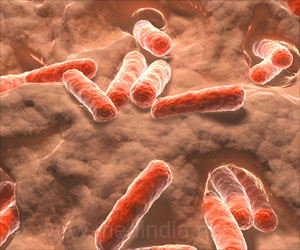University of Utah geneticists say that they have developed a faster, less expensive technique to hunt illness-causing mutants in large, non-gene stretches of DNA.
University of Utah geneticists say that they have developed a faster, less expensive technique to hunt illness-causing mutants in large, non-gene stretches of DNA. The development of the new technique is important because diseases can result not only from mutant genes, but also from mutations of other DNA that controls genes.
"Diseases are known to occur as a consequence of deleting non-gene DNA sequences, and this new method allows us to evaluate what these sequences do," Nature magazine quoted Mario Capecchi, distinguished professor and co-chair of human genetics at the University of Utah, as saying.He says that the new method attains significance as it "makes it practical to do this for a vast amount of the total genome." Sen Wu, a postdoctoral fellow in human genetics at the University of Utah, says human diseases were studied in mice, "we want to know the function of every piece of DNA in the mouse genome."
"The best way to know the function of the genetic blueprint is by removing part of the DNA and seeing what goes wrong. We have found a way to do this job on a large scale that is simple and practical," added the researcher.
According to researchers, the finding of a way to delete or duplicate moderately long to very long pieces of DNA, and make those mutations happen much more frequently than other methods can, makes it easier to determine what defects or diseases arise due to such mutations, and thus what the DNA does normally.
They devised a much more efficient method for mixing and recombining pieces of two chromosomes, making it easier to breed mice with human cancers. Such mice are needed to develop new treatments. "We know how to knock out genes, and that technology is very good at changing any given gene in a designed manner. The negative side is, it takes work and money to do that," Capecchi says.
The new method is "a cheaper way of knocking out a gene as well as regulatory sequences," he adds. He, however, admits that the savings are not proportionate because more mutant mice must be bred to obtain desired mutants.
Advertisement
LIN/M






